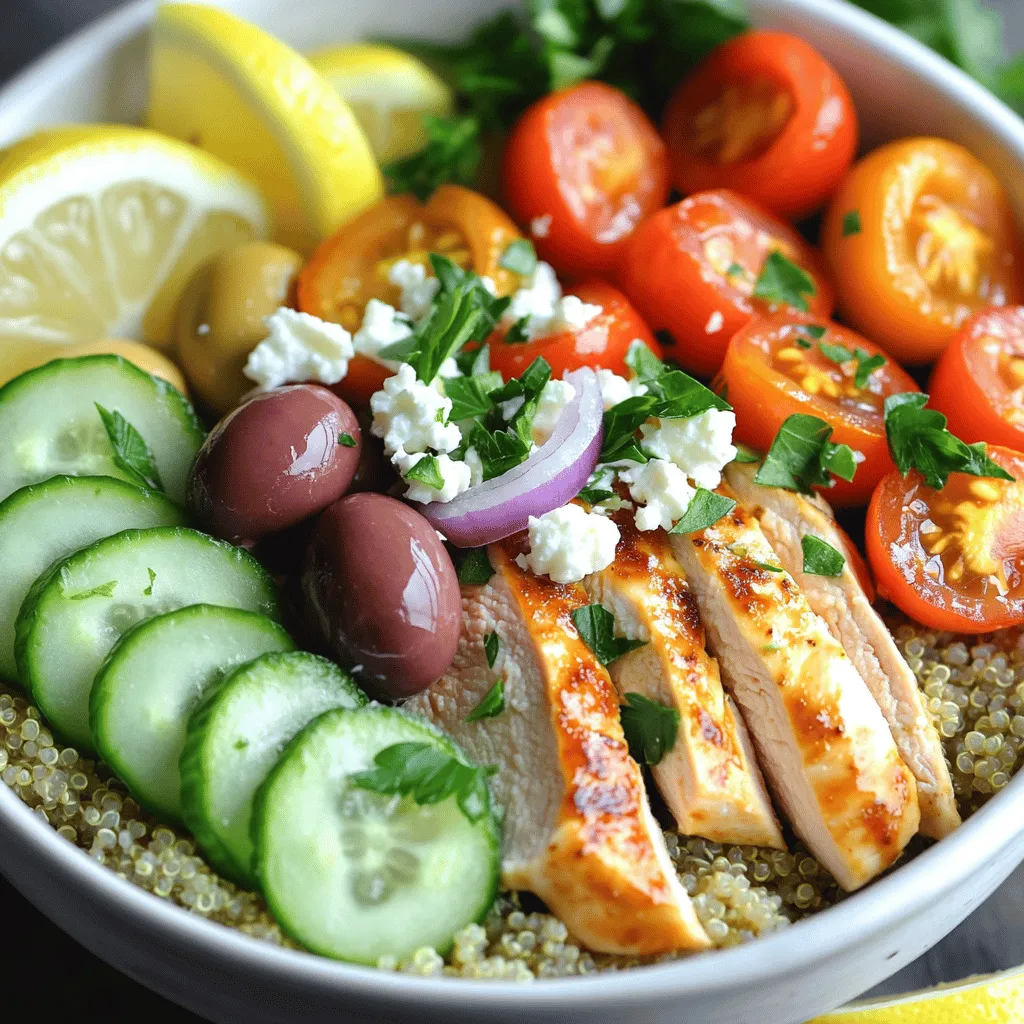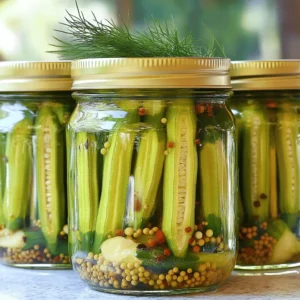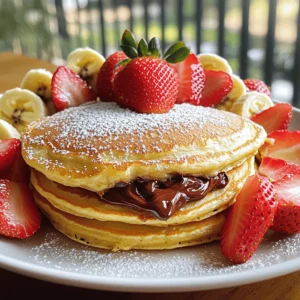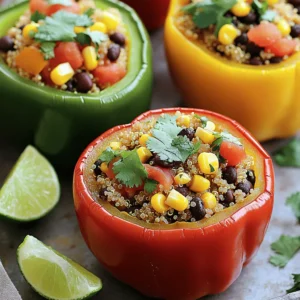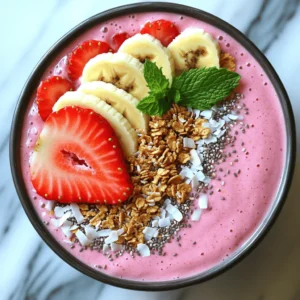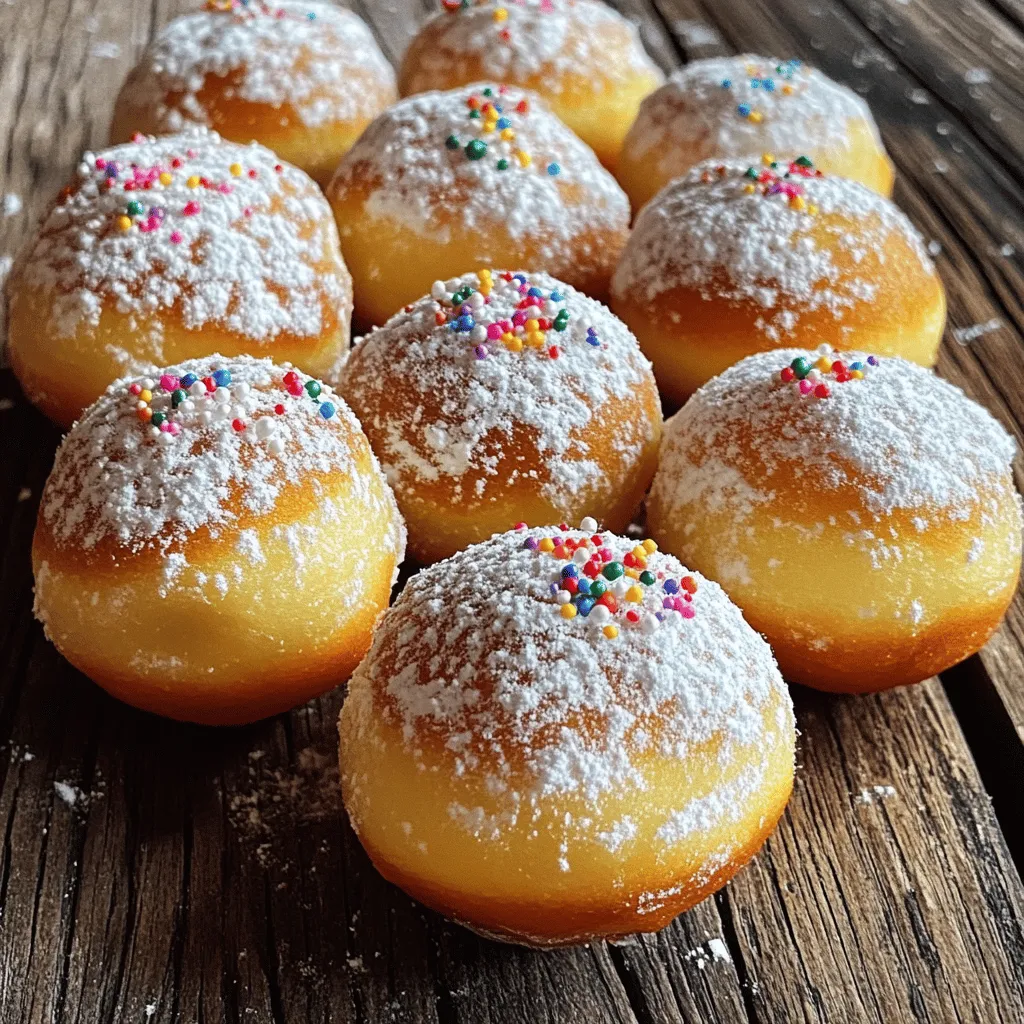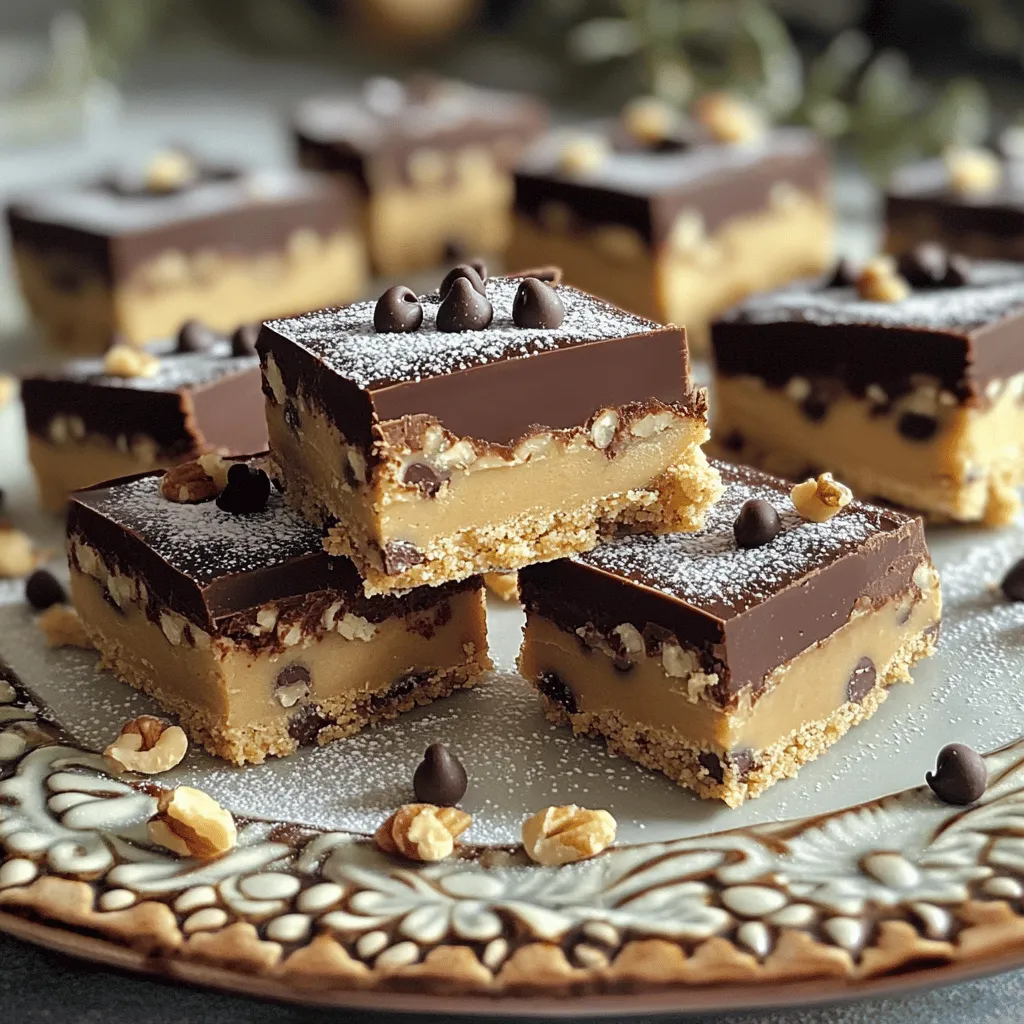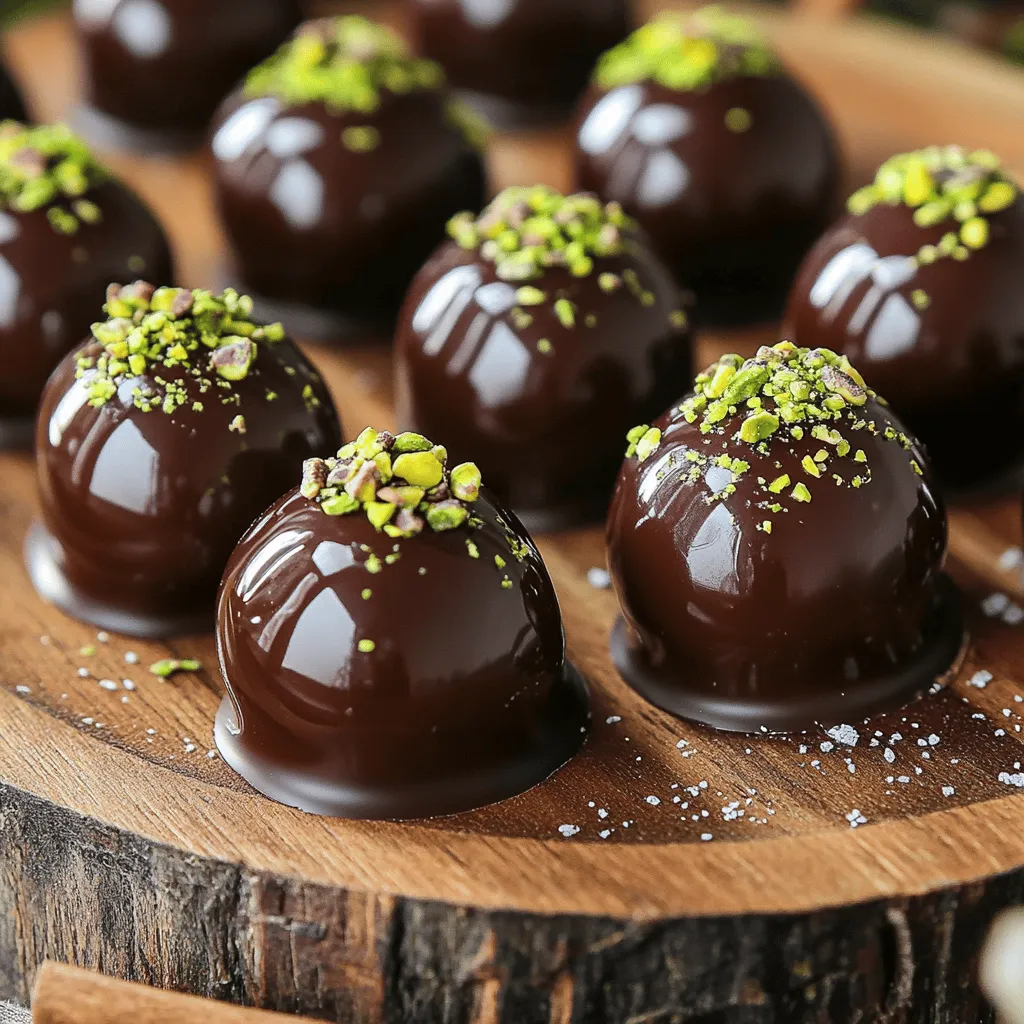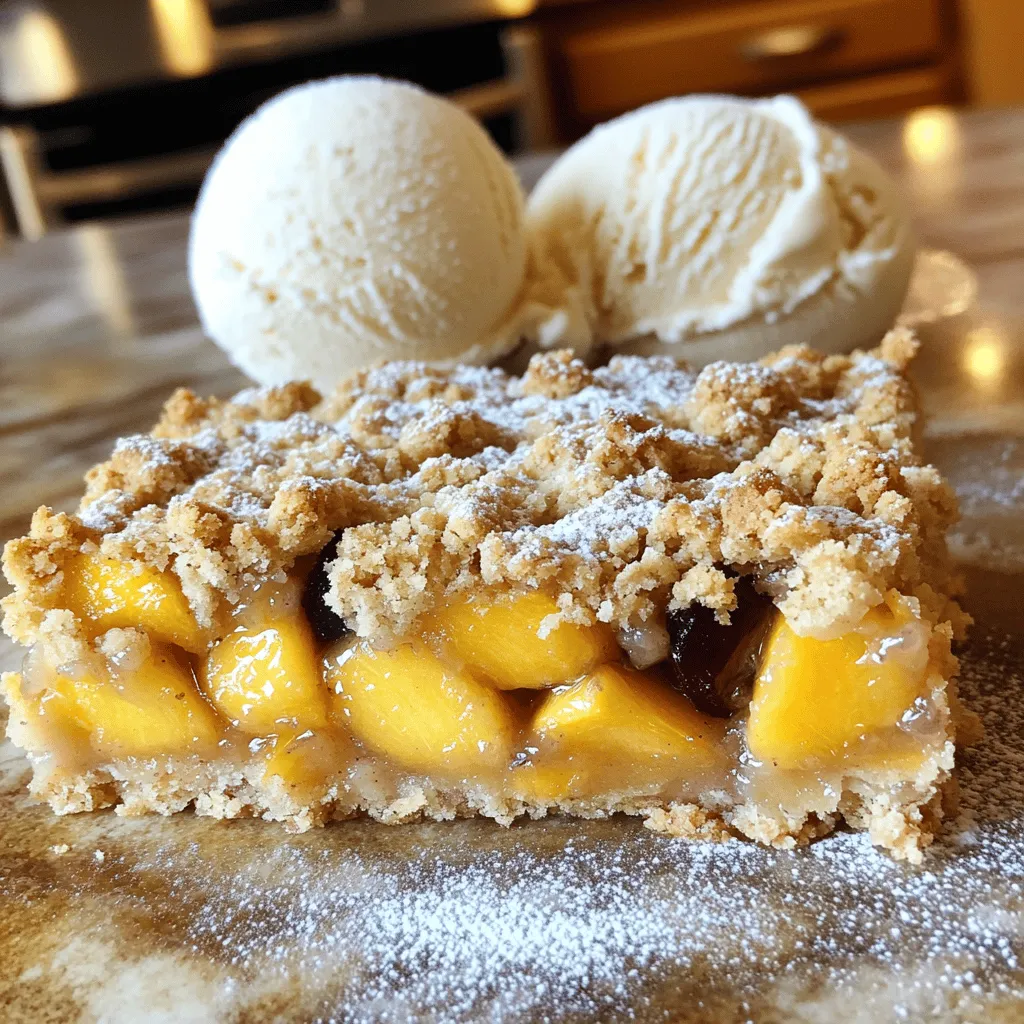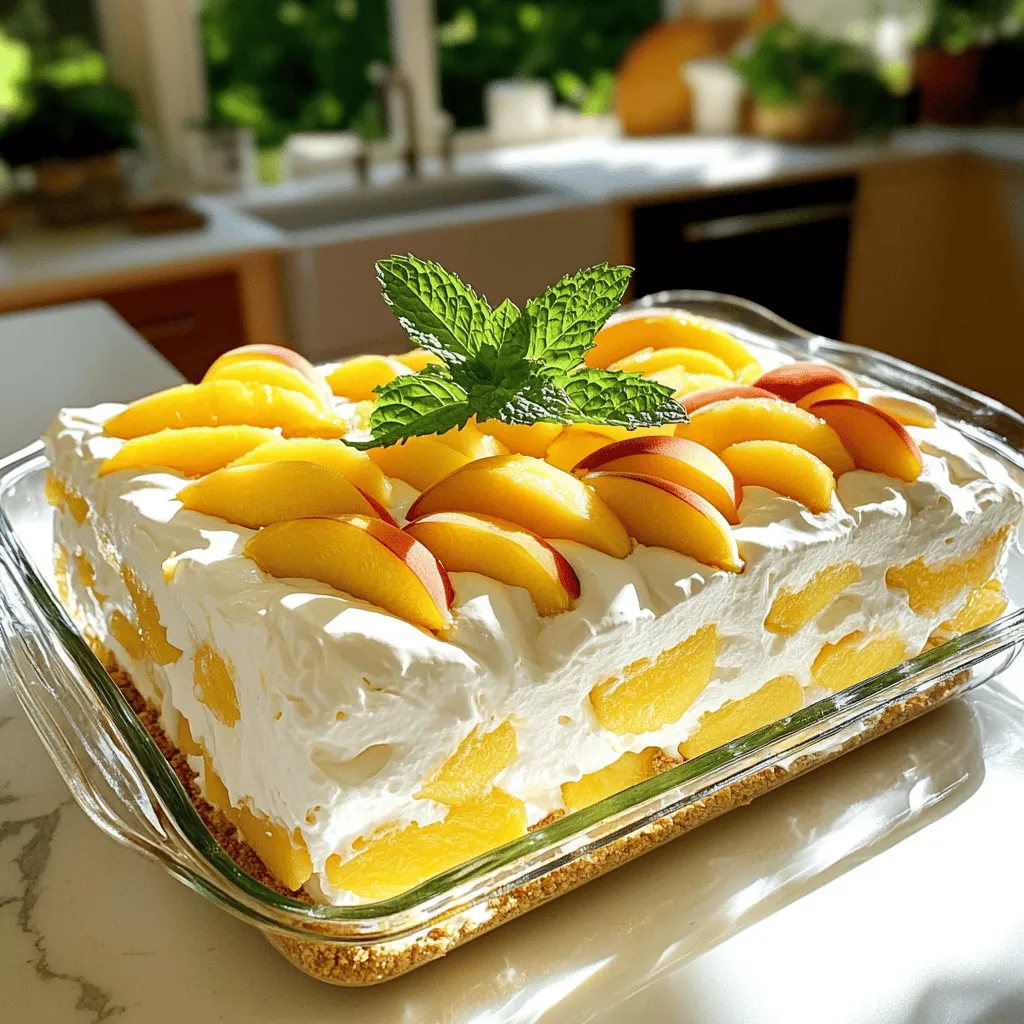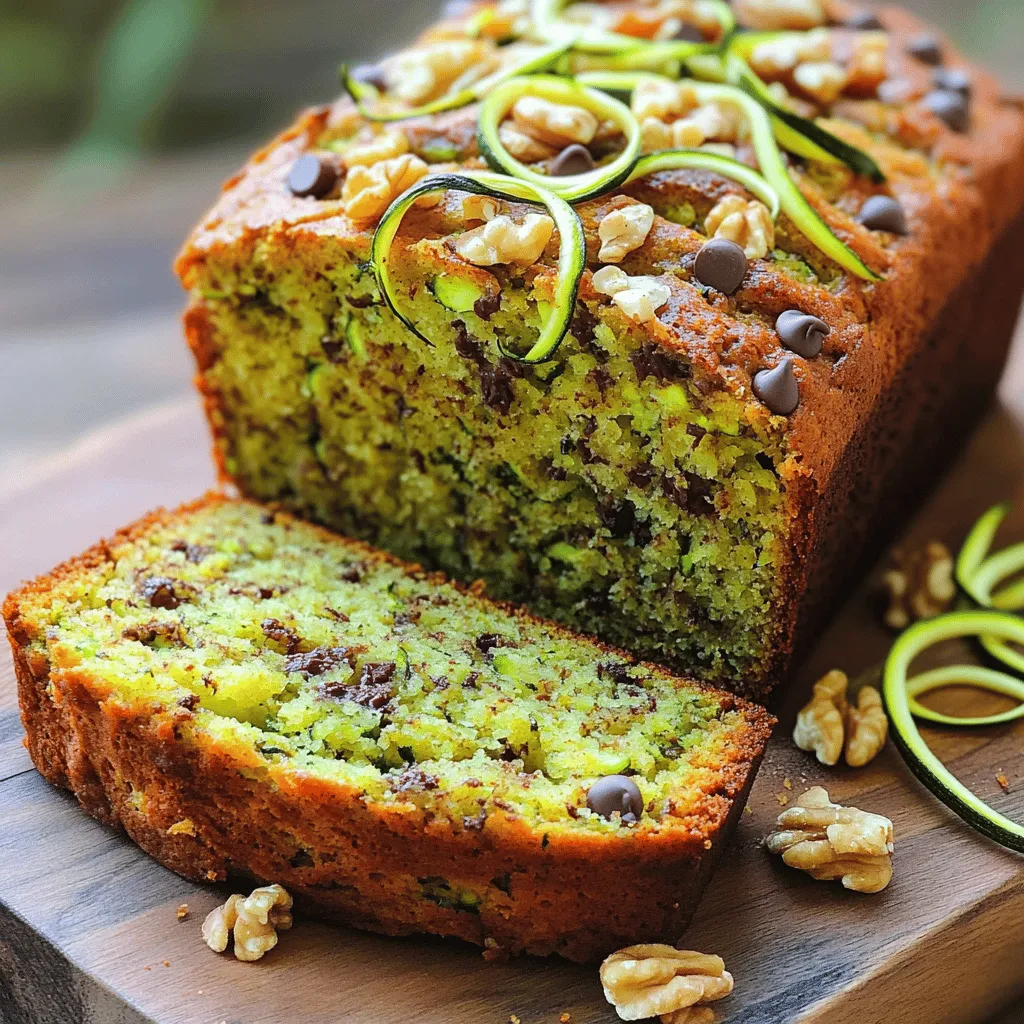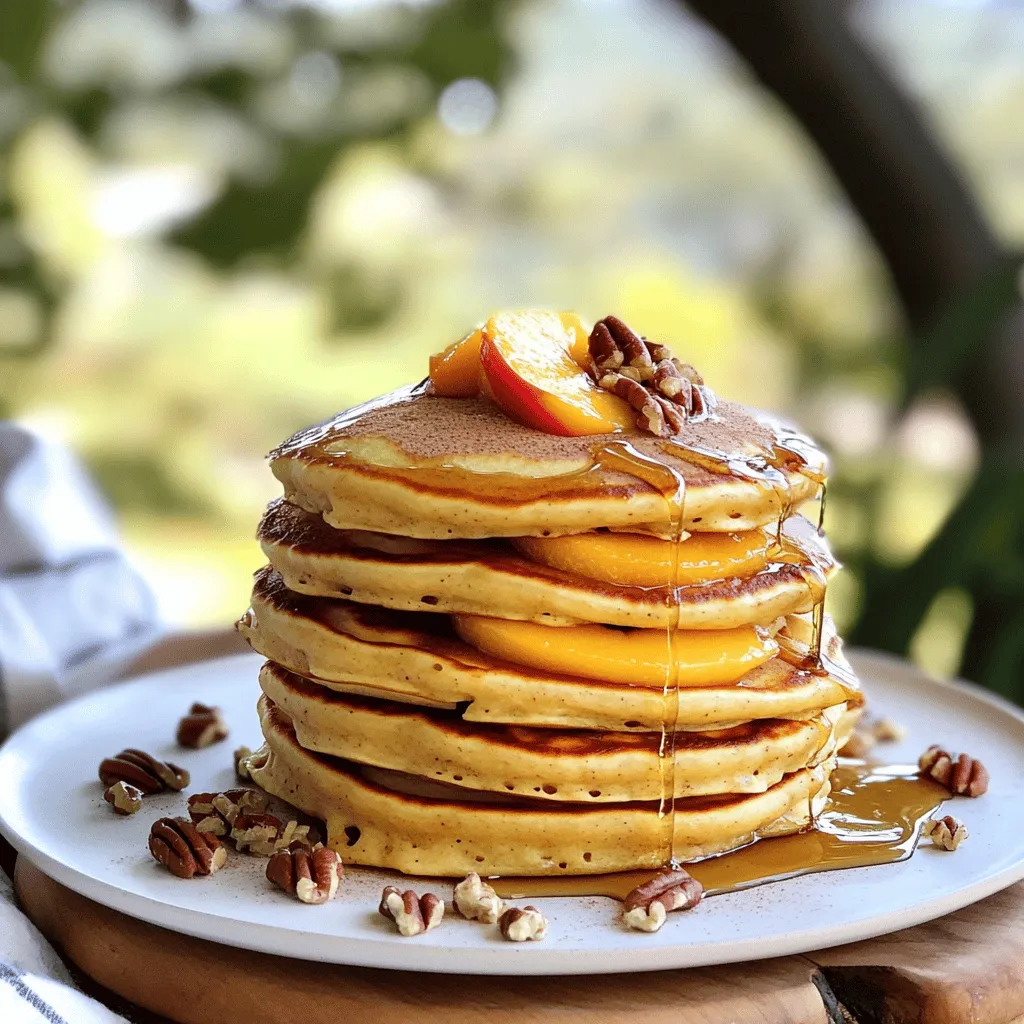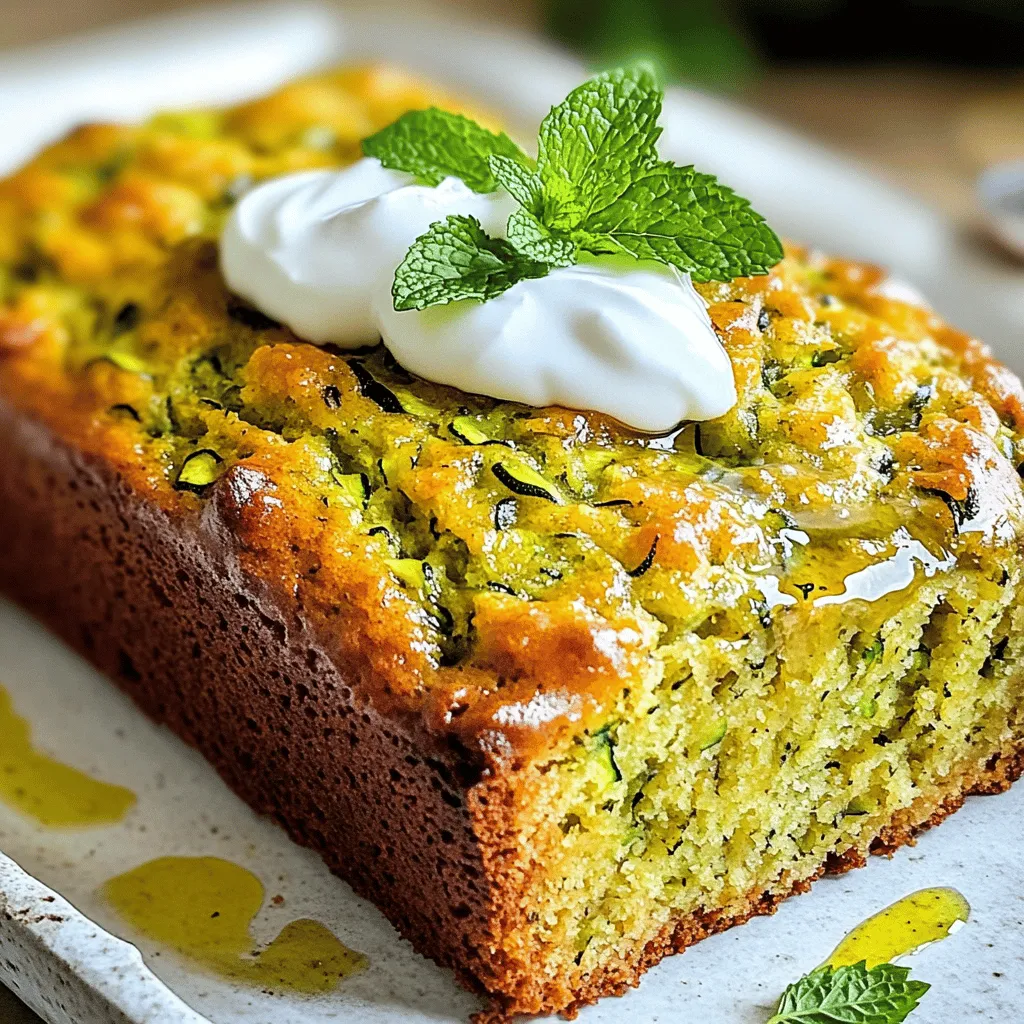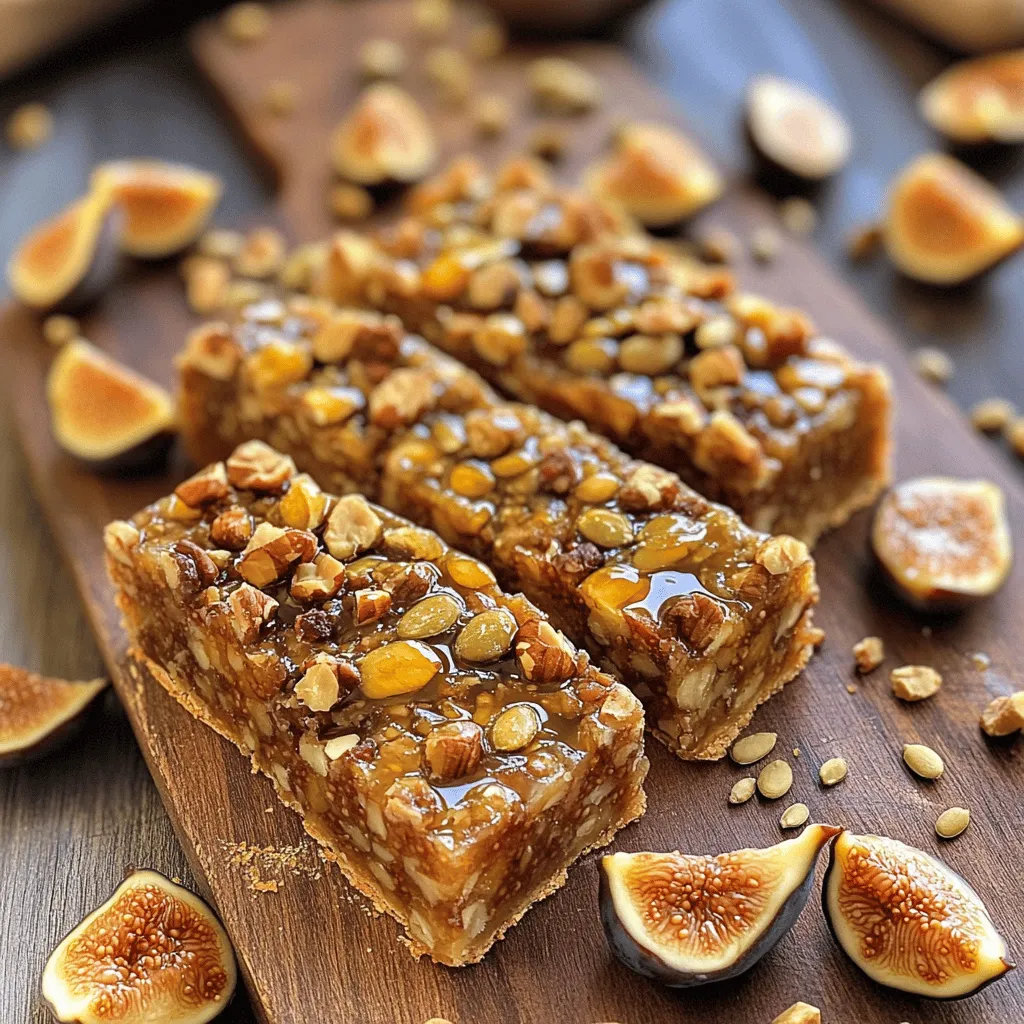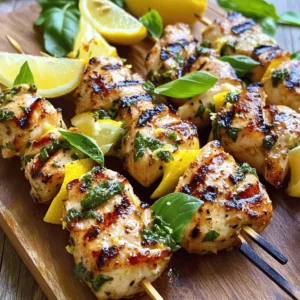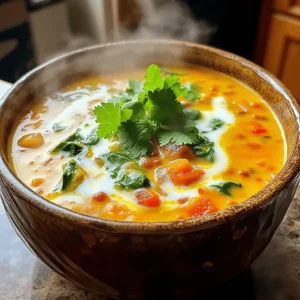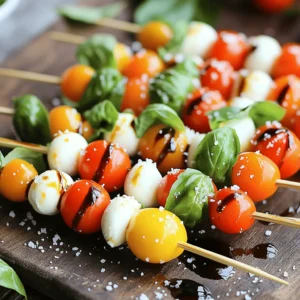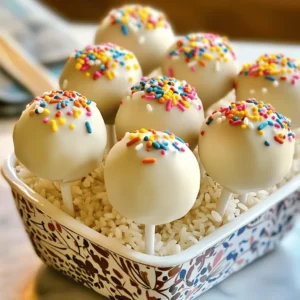Latest & Greatest
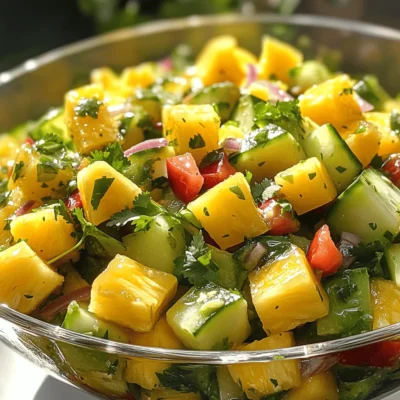
Pineapple Cucumber Salad Fresh and Flavorful Recipe
Looking for a refreshing dish that’s simple and vibrant? This Pineapple Cucumber Salad is the answer! Bursting with fresh flavors
Read more…
Herb Zucchini Casserole Flavorful and Easy Recipe
Looking for a simple yet flavorful dish to brighten your dinner table? This Herb Zucchini Casserole is the answer! With
Read more…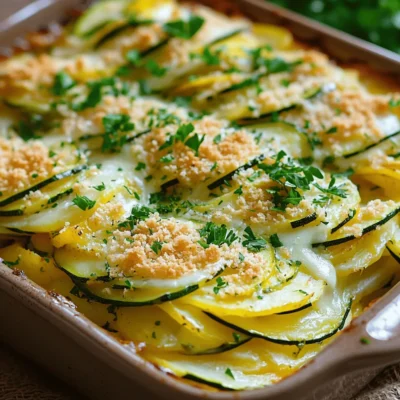
Zucchini Potato Casserole Comforting and Flavorful Dish
Craving a warm, heart-filling dish? Look no further than my Zucchini Potato Casserole! This comforting recipe blends fresh veggies, creamy
Read more…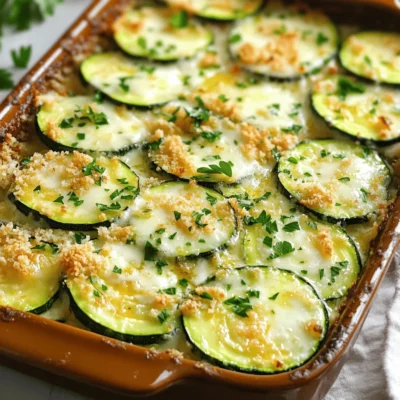
Garlic Butter Zucchini Casserole Tasty Comfort Dish
Looking for a warm and tasty dish that’s easy to make? You’ve found it! This Garlic Butter Zucchini Casserole combines
Read more…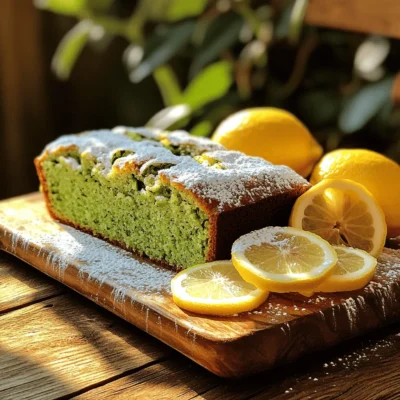
Lemon Zucchini Bread Fresh and Flavorful Delight
If you’re craving a tasty, moist loaf that brightens up your day, you’ve found it! My Lemon Zucchini Bread is
Read more…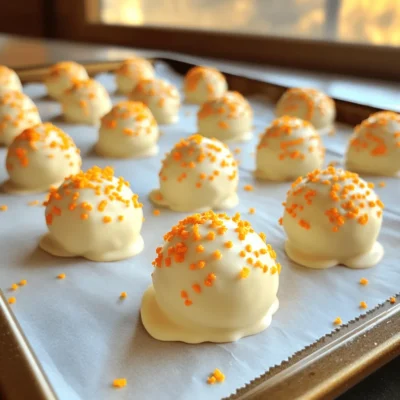
No-Bake Orange Creamsicle Truffles Easy Dessert Recipe
Looking for a fun and simple dessert? Try my No-Bake Orange Creamsicle Truffles! These tasty bites combine creamy goodness and
Read more…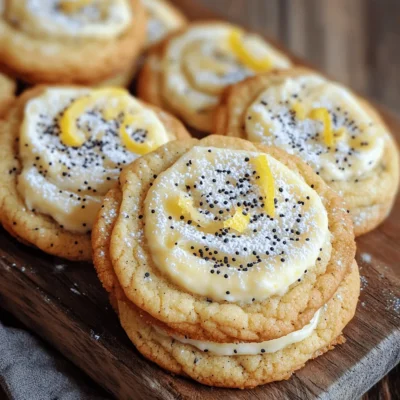
Lemon Poppy Seed Cheesecake Cookies Delightful Snack
Get ready to treat your taste buds with my Lemon Poppy Seed Cheesecake Cookies! These delightful snacks blend zesty lemon,
Read more…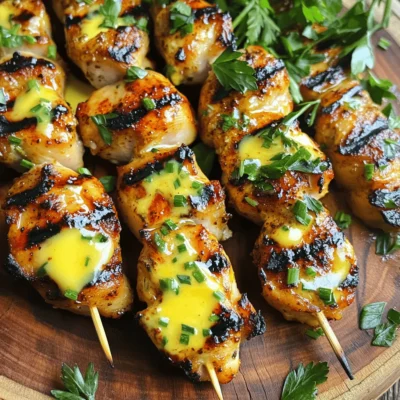
Grilled Cowboy Butter Chicken Skewers Tasty Delight
Craving something delicious? Let me share my Grilled Cowboy Butter Chicken Skewers that will wow your taste buds! This easy
Read more…browse recipes
![- 4 salmon fillets (about 6 ounces each) - 1 red bell pepper, sliced - 1 cup broccoli florets - 1 cup snap peas - 1/3 cup low-sodium soy sauce - 1/4 cup honey - 2 tablespoons rice vinegar - 2 tablespoons sesame oil - 2 cloves garlic, minced - 1 tablespoon fresh ginger, grated - 2 tablespoons sesame seeds - 2 green onions, finely chopped - Salt and pepper to taste When I cook sheet pan teriyaki salmon, I love choosing fresh ingredients. The salmon is the star, and I pick fillets about six ounces each. They should be bright and firm. I also add vibrant vegetables, like red bell pepper, broccoli, and snap peas. The colors make the dish pop. For the teriyaki sauce, I keep it simple but flavorful. I use low-sodium soy sauce to control the salt. Honey adds sweetness, while rice vinegar gives it a tangy kick. Fresh ginger and garlic bring warmth and depth. This sauce is key in making the salmon and veggies shine. To finish, I sprinkle sesame seeds and chopped green onions. These add crunch and freshness. It’s not just about taste; it’s about making your plate look good too. For the full recipe, you can check out the link. To start, you’ll want to make the teriyaki sauce. Grab a mixing bowl and whisk together the following ingredients: - 1/3 cup low-sodium soy sauce - 1/4 cup honey - 2 tablespoons rice vinegar - 2 tablespoons sesame oil - 2 cloves garlic, minced - 1 tablespoon fresh ginger, grated Mix them well until everything blends smoothly. This sauce is sweet and salty, giving your salmon a rich flavor. Next, take your salmon fillets and place them in a shallow dish. Pour half of the teriyaki sauce over the salmon. Make sure each fillet is covered. Let the salmon marinate for at least 15 minutes. If you have time, let it sit for up to an hour in the fridge. This helps enhance the flavors even more. Now it’s time to bake! Preheat your oven to 400°F (200°C). Line a large sheet pan with parchment paper for easy cleanup. On the sheet pan, spread the sliced red bell pepper, broccoli florets, and snap peas. Drizzle a little olive oil and sprinkle some salt and pepper. Toss them to coat evenly. Remove the salmon from the marinade and place it among the veggies on the pan. Drizzle the remaining teriyaki sauce over everything. Bake for 12 to 15 minutes. The salmon should flake easily with a fork, and the veggies should be tender-crisp. For the full recipe, check out [Full Recipe]. Enjoy your delicious meal! For the best flavor, marinate your salmon for at least 15 minutes. If you have more time, try marinating for up to 1 hour. This allows the flavors to soak in and makes the salmon delicious. You can experiment with the teriyaki sauce, too. For a twist, add orange juice or pineapple juice for sweetness. You can also use brown sugar instead of honey for a deeper flavor. If you use thicker salmon fillets, adjust your bake time. Bake for about 15 to 18 minutes instead of the usual 12 to 15. This ensures your salmon cooks all the way through. For the vegetables, keep an eye on them. You want them tender-crisp, not mushy. They should stay bright and colorful for a fresh look. For a fun presentation, serve the salmon and veggies right from the sheet pan. This gives a rustic feel to your meal. If you want to dress it up, plate them individually. Add a sprinkle of extra sesame seeds and a slice of lime for a pop of color. You can pair this dish with rice or quinoa for a complete meal. Steamed jasmine rice or a fresh salad also works well. You will impress your family and friends with this simple yet tasty dish. Check out the Full Recipe for more details. {{image_2}} You can switch the salmon for chicken or tofu. Chicken thighs work well. They stay moist and soak up the teriyaki sauce. If you choose tofu, use firm tofu for the best texture. Press it first to remove excess water. This helps the tofu absorb flavors better. To boost flavor, try adding spices or different vegetables. You can use chili flakes for heat or garlic powder for extra depth. Swap in bell peppers, carrots, or zucchini for a colorful mix. Each vegetable adds a unique taste and crunch. This keeps the dish fresh and exciting each time you make it. While baking is simple, you can also grill the salmon. Grilling adds a smoky flavor that many people love. Keep an eye on the salmon so it doesn’t overcook. You can grill the veggies too. This makes for a great meal with different textures and tastes. To keep your sheet pan teriyaki salmon fresh, store leftovers in the fridge. Use an airtight container. This method helps the salmon and vegetables stay juicy. Consume the leftovers within three days for the best taste. If you want to store them longer, freeze the salmon and veggies separately. Place them in freezer-safe bags. They will stay good for up to three months. When ready to eat, just thaw them overnight in the fridge. When reheating, avoid the microwave if you can. Instead, use the oven or a skillet. Preheat your oven to 350°F (175°C). Place the salmon and vegetables on a baking sheet. Cover them with foil to keep them moist. Heat for about 10-15 minutes. If using a skillet, add a splash of water and cover it. This will help keep everything tender and flavorful. Meal prep makes weeknight dinners quick and easy. You can marinate the salmon a day ahead. Store it in the fridge with the sauce. Chop your vegetables in advance too. Keep them in the fridge in a sealed bag. On busy nights, just bake everything on the sheet pan and enjoy a tasty meal in no time. This dish works great for meal prep because it’s simple and quick. You can find the full recipe for even more help. To check if the salmon is done, look for a few signs. First, the flesh should turn from bright pink to opaque. You can also use a fork to gently flake the fish. If it flakes easily, it is ready. The internal temperature should reach 145°F (63°C). This is the safe zone for fish. Yes, you can use regular soy sauce. However, it will change the taste and salt level. Low-sodium soy sauce is milder and allows you to control the saltiness. If you use regular soy sauce, cut back on added salt in the recipe. This helps balance the flavors. Many sides pair well with this dish. Here are some ideas: - Steamed rice or quinoa - Stir-fried vegetables - Cucumber salad - Asian slaw - Noodles with sesame oil These sides enhance the meal and add variety. Each option complements the teriyaki flavor well. Enjoy mixing and matching! For the full recipe, check out the main article. We explored a simple recipe for Sheet Pan Teriyaki Salmon. We discussed key ingredients like salmon, veggies, and a tasty homemade sauce. You learned the steps to prepare, marinate, and bake your dish. Plus, we shared tips for the perfect meal. Remember, you can switch proteins or flavors for variety. Finally, proper storage and reheating keep leftovers fresh. Enjoy making this dish and impressing your family with your cooking skills!](https://mysavedrecipe.com/wp-content/uploads/2025/06/63b73d3c-0e00-4215-9468-8a0910bbc862.webp)
Sheet Pan Teriyaki Salmon Flavorful and Simple Dish
Looking for a quick and tasty dinner? This Sheet Pan Teriyaki Salmon is both simple and packed with flavor. With just a few ingredients,…
My Latest Desserts
Cream Soda Donut Holes Delightful Dessert Recipe
Are you ready to enjoy a fun twist on a classic treat? Cream Soda Donut Holes are sweet, fluffy, and Read Full RecipeCookie Dough Bars Delightful Recipe for a Sweet Treat
If you’ve ever craved the rich, sweet goodness of cookie dough, then you’re in for a treat! My recipe for Read Full RecipeChocolate Covered Cherries with Pistachio Dust Delight
Get ready to treat your taste buds with my “Chocolate Covered Cherries with Pistachio Dust Delight.” This sweet snack combines Read Full RecipePeach Plum Crumble Bars Irresistible Sweet Treat
Are you ready for a dessert that combines the sweetness of peaches and plums? My Peach Plum Crumble Bars are Read Full RecipeWatercolor Buttercream Cupcakes Delightful Recipe Guide
Are you ready to bring some color to your baking? In this guide, I’ll show you how to make stunning Read Full RecipeNo-Bake Peach Icebox Cake Simple and Refreshing Treat
If you’re seeking a sweet, cool treat that’s simple to make, it’s time to try my No-Bake Peach Icebox Cake. Read Full RecipeThe Best Zucchini Bread Irresistible and Easy Recipe
Are you ready to bake the best zucchini bread that’s both irresistible and easy? This simple recipe combines fresh, grated Read Full RecipePeach Cobbler Pancakes Delicious and Simple Recipe
Are you ready to bring a burst of flavor to your breakfast table? Peach Cobbler Pancakes are the perfect blend Read Full RecipeOlive Oil Zucchini Bread Moist and Flavorful Recipe
Welcome to your new favorite treat: Olive Oil Zucchini Bread! This recipe gives you a moist, flavorful loaf that’s perfect Read Full RecipeFig and Walnut Bars Healthy and Flavorful Snack
If you’re searching for a tasty yet healthy snack, Fig and Walnut Bars are a perfect choice! Packed with nutritious Read Full Recipe
My Latest Recipes
hey,
i’m !
I’m so happy you’re here!
Food is my passion, and perfecting each dish is my craft. I can’t wait for you to try them let’s dive into this delicious journey side by side.
Greek Chicken Bowls Energetic and Flavorsome Meal
If you’re looking for a vibrant meal bursting with flavor, Greek chicken bowls are the perfect choice! Packed with juicy chicken, healthy quinoa, and…
